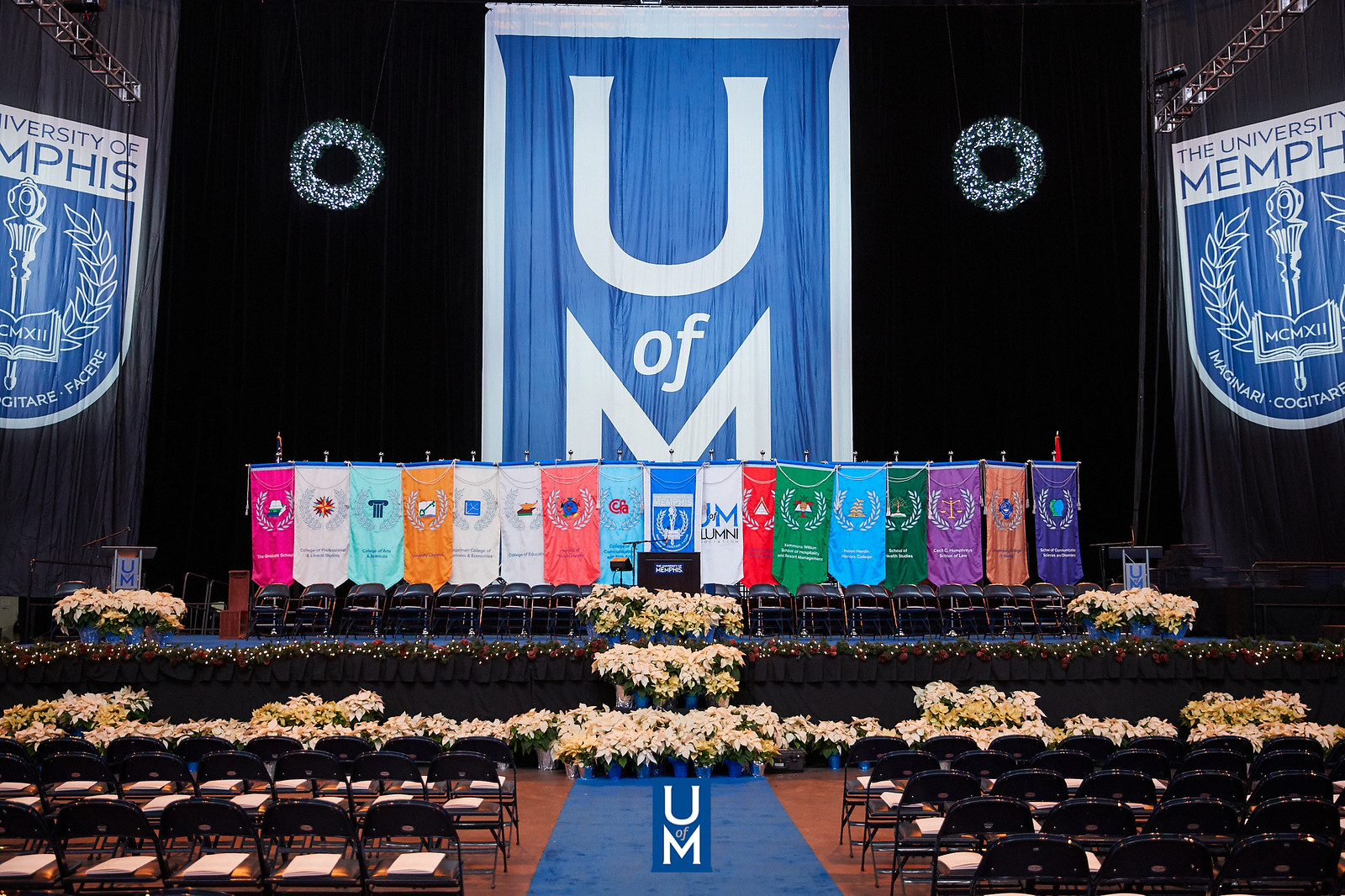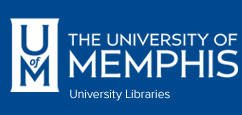
Electronic Theses and Dissertations
Date
2020
Document Type
Dissertation
Degree Name
Doctor of Philosophy
Department
Electrical & Computer Engineering
Committee Chair
Eddie Jacobs
Committee Member
Khan Iftekharuddin
Committee Member
Ebenezer George
Committee Member
Aaron Robinson
Abstract
This work introduces the Monte Carlo Midsagittal Surface (MCMS) algorithm for automatic localization of the 3D deformed midsagittal surface in tumor-bearing MR neuroimages. The algorithm combines anatomical features of the target image with geometric constraints of the evolving surface to minimize a novel energy function by simulated annealing. The traced midsagittal surface is then joined with tumor sub-compartment segmentation to automatically classify midline-related imaging features from the Visually Accessible Rembrandt Images (VASARI) feature set. An alternative approach to deformed midsagittal surface localization is also developed using tissue output labels from the Freesurfer segmentation suite and compared it to the proposed MCMS method. The accuracy of the MCMS algorithm, the Freesurfer approach, and two existing methods are evaluated using ground truth generated from a publicly available dataset. It is shown that MCMS has the lowest overall median error and performs well in patients with extreme midline shift and that patients with high midline deformation or contrast-enhancing tumor crossing the midline have reduced survival time in age-stratified survival models. It is shown that MCMS accurately scores these features. Next, we automate several VASARI, shape, and radiomics metrics associated with survival in the literature and build a comprehensive random forest survival model to assess their relative prognostic effects. The relevance of midline features in survival prediction is observed even in the presence of a moderate number (131) of these other metrics. The survival model also confirms the importance of several of the additional features using an independent validation set.
Library Comment
Dissertation or thesis originally submitted to ProQuest
Recommended Citation
Becksfort, Jared Bradford, "AUTOMATIC 3D DEFORMED MIDSAGITTAL SURFACE LOCALIZATION BY CONSTRAINED MONTE CARLO OPTIMIZATION" (2020). Electronic Theses and Dissertations. 2451.
https://digitalcommons.memphis.edu/etd/2451


Comments
Data is provided by the student.